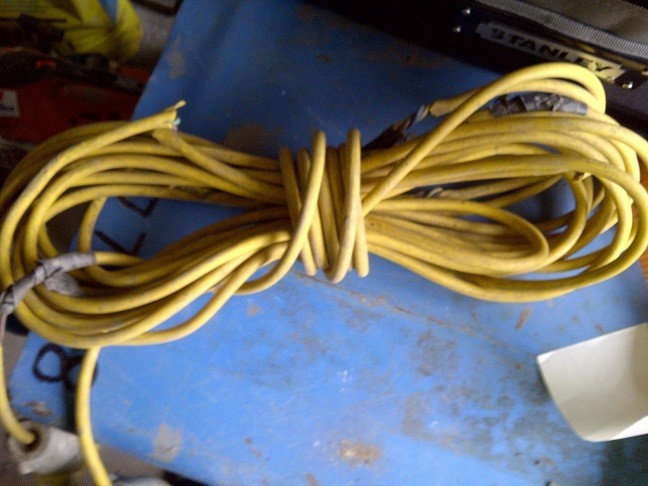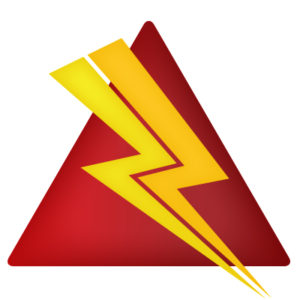User Checks
What are User Checks?
We’re all responsible for our own health and safety, so it is essential before starting to use an electrical appliance you do your own User Checks.
But what is a user check? It is a simple check of the appliance to make sure it looks safe to use..
- Does the cable have any cuts?
- Is the plug in tact?
- Does anything look wrong?
User checks are mostly common sense. You don’t need a vast electrical brain, you just need to know what looks ok and what could be dangerous. If you’re concerned about something; don’t plug it in.
Should I check my appliance before using it?
Yes, it is important to check your appliance before using it, especially if that appliance is hand-held. Hand held appliances potentially pose the biggest risk, as if a fault develops; you are holding it!
A number of accidents in the workplace are caused by faulty electrical appliances; appliances that have become faulty for many reasons but accidents that have happened because no-one was on hand to check the appliances worked correctly. User checks help to prevent accidents by finding faulty equipment.
In a workplace everyone is responsible for health and safety; for ensuring electrical appliances are safe, and that includes the user of the equipment.

Check your appliances – called User Checks
Before anyone uses any electrical appliance they should look at it and make sure it is ok (without damage); most of us do this without even realising but try to make a point of doing it so you know you have.
If an appliance has developed a fault and you pick it up and switch it on you could be risking giving yourself an electric shock – do you want to inflict that on yourself? Of course not – do a user check.
User checks find faulty equipment – after your user checks if you feel an appliance is dodgy inform someone and get it taken away for repair.
A user check checks for damage to an electric appliance preventing electrical accidents.
How to do a user check:
Before you start using an appliance, before you switch it on…
Check it for any damage
- Is the plug in tact, with 3 pins and the top is not loose?
- Is the cable free from kinks and not have any cuts in it?
- Is the appliance itself free from any cracks or holes that shouldn’t be there?
Before using an electrical appliance you should check it for issues such as these (make sure the appliance is disconnected first):
- damage to the lead including fraying, cuts or heavy scuffing
- damage to the plug
- tape applied to the lead
- coloured wires visible
- damage to the outer cover of the equipment itself
- signs of overheating, such as burn marks or staining on the plug
Why do I need to do a user check?
A User Check is a very important safety precaution, formally missed by many but often carried out by most of us without even realising we’re doing it.
A user check is something we all should be doing to make sure an appliance is safe before we use it, but few employers are even aware of the need for them to be done, so training is not passed on to staff. Staff should be made aware of the importance of checking an appliance before they use it.
This check is an important part in the process of maintaining safe portable equipment, and is recommended by the HSE.
The purpose of the check is to make sure the appliance is safe to use.
Take a power tool for example; is the lead free of any cuts and abrasions, is the plug in one piece and pins not bent, is the tool itself in good order with safety guards in place?
If anything is not right the tool should be reported for repair, marked not to be used and a replacement sought.
Many faults can be determined through these checks; the user should be familiar with the appliance, especially if they use it often, making them the best person to spot any faults.
Records don’t need to be kept of these checks.
A benefit of this check is that potential accidents can be prevented as faults can be found before they become an issue. Some people would say that this is a ‘near miss’.
Here’s 4 great tips to improve safety at work
- Make sure power cables are long enough to reach the socket without being stretched
- Cables should be kept clear of walkways
- Drinks should be kept away from electrical equipment
- Don’t overload extension leads
And here’s 5 more
If you notice any of these DO NOT use the appliance:
- Brown marks on metal appliances suggest overheating (common on radiators)
- Cracked or holes in casing
- Inner wires exposed in cables
- Damaged plugs
- Insulating tape on cables
These are just some of the issues you may face when doing such checks; the best way to look at it is this – if you’re unsure, or if something doesn’t look right – report it. Let someone that knows what they are doing assess it.
User checks should be done by the person using the appliance. In addition to user checks formal visual inspections, and inspection and testing should be carried out on the appliance by a competent person.

